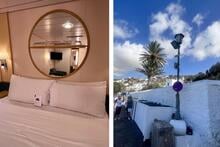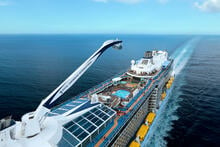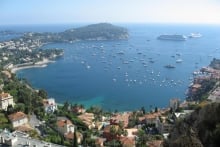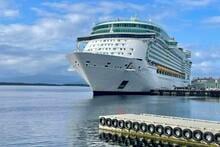I had my best European cruise season ever this summer, and I'm hoping you can benefit from my experience too.
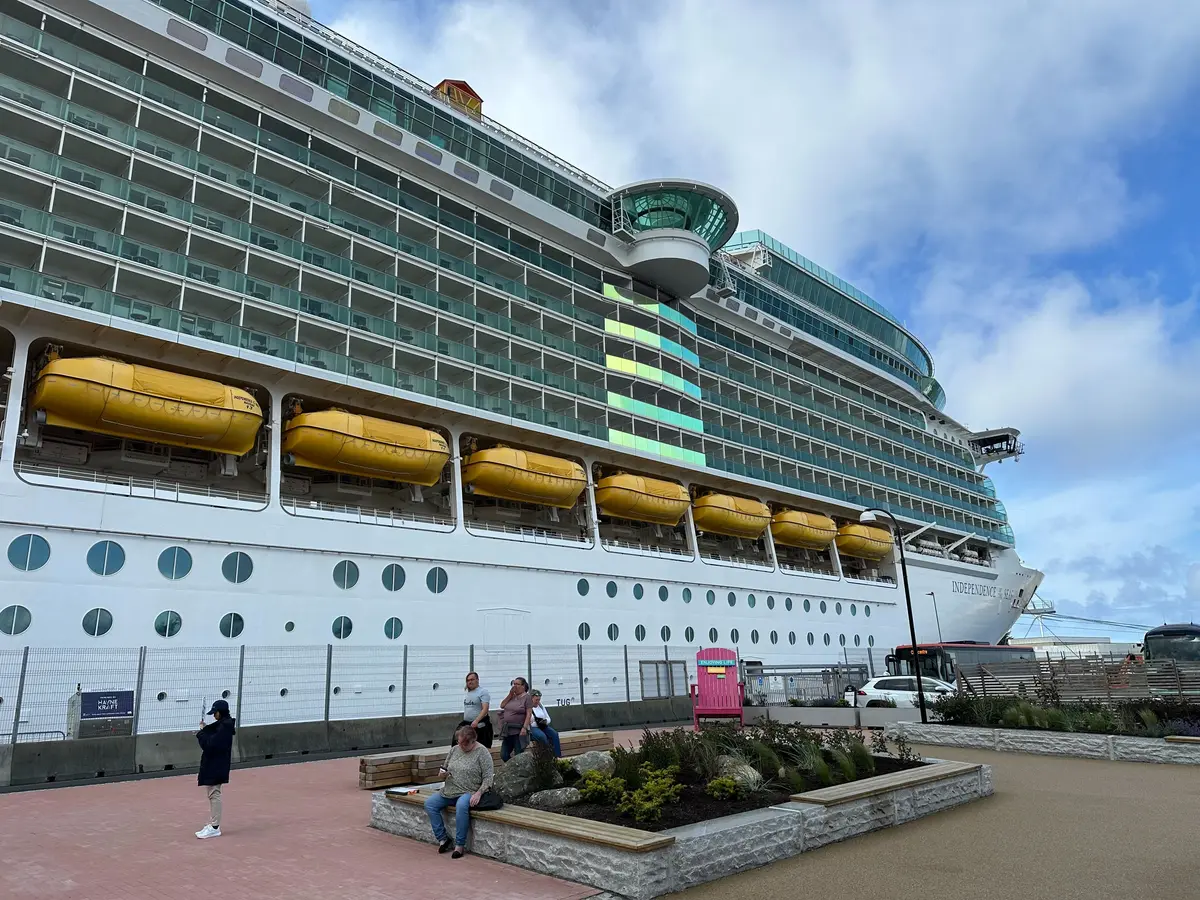
Seeing Europe by cruise ship was a highlight of my cruising career, and after going on back-to-back Independence of the Seas cruises, it taught me some truths about cruising in this region.
As someone that has cruised almost exclusively in the Caribbean, Europe has its own approach to planning and how to explore.
Here 15 Europe cruise tips that I think would benefit almost anyone taking a European cruise.
1. Buy an eSim

Every port visit was easier because I always knew where I was, where I was going, and how to get there.
I purchased an eSim to use while in Europe, and I think it's a must-buy add-on.
It cost me just $41.99 for 100GB that lasted 30 days, and it made navigating Europe's cities simple.
2. Plan for any weather

Weather forecasts seemed to be nearly useless this time, and I'd use them sparingly.
I found the expected precipitation and high temperatures could be vastly different from what was predicted.
You should walk off the ship prepared for cold weather and rain, but able to adapt quickly when it gets hot again.
Wearing layers is the solution. Have a t-shirt as your base layer, and a fleece/sweater and rain jacket readily available.
3. Bus tours should be your last option
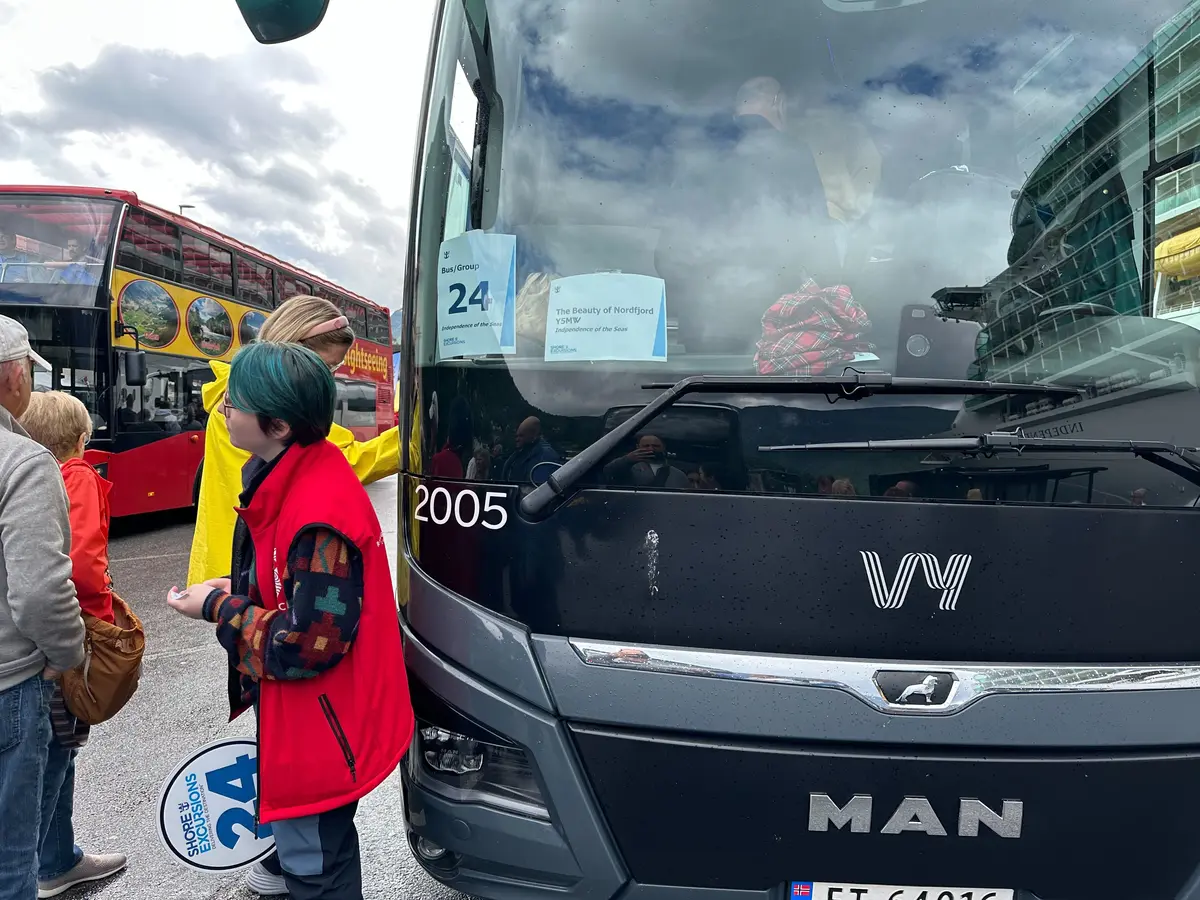
Of all the tours I took, bust tours were my least favorite.
I dislike bus tours because they move at a slow pace, and tend to make stops that are either too short or too long.
Plus, the seats on most European buses tend to be quite small and lacking legroom.
I'd recommend looking at a third party tour that offers a small group option as a good alternative. Or even walking and exploring on your own, when possible.
I won't go as far as to say to avoid bus tours. Sometimes they are unavoidable necessities, but if you have the choice, I'd skip it.
4. Don't waste time converting currency
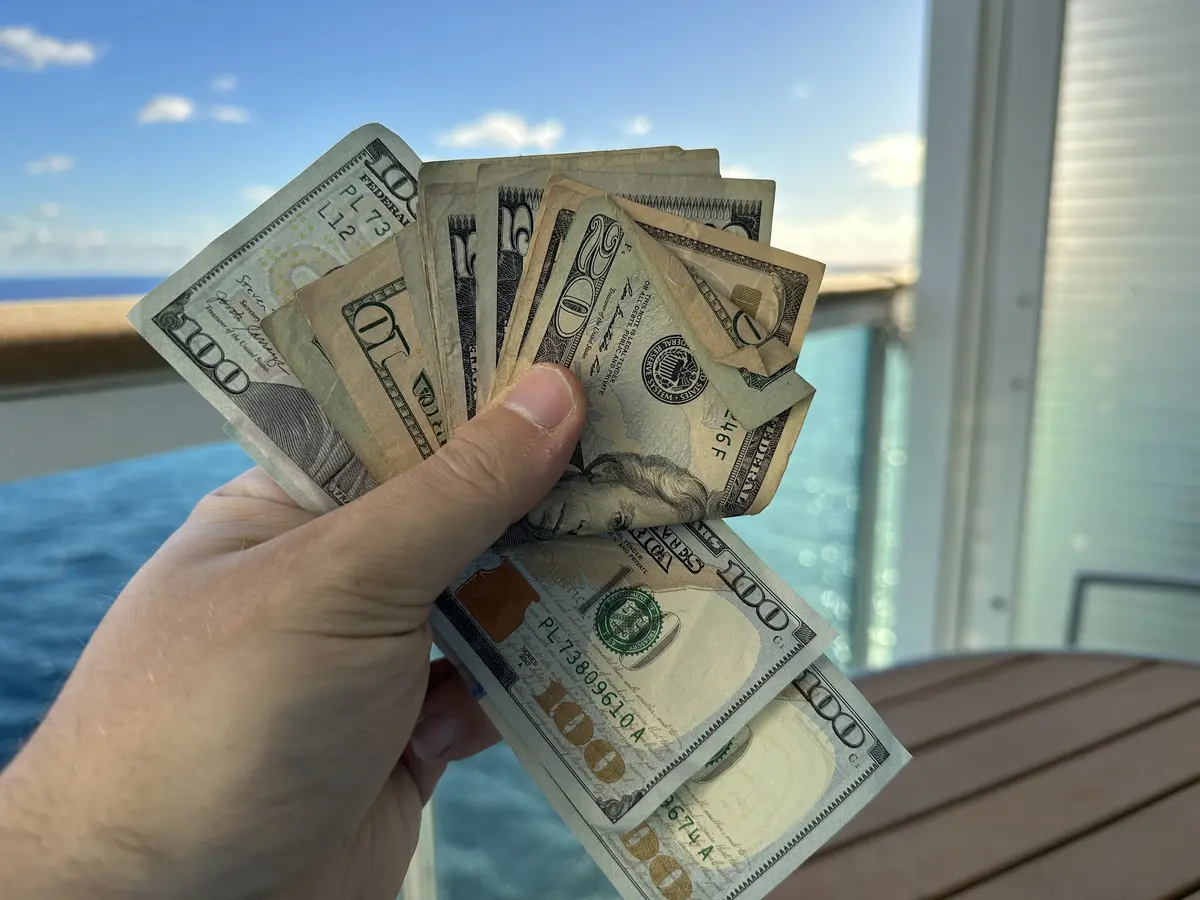
Converting to local currency makes no sense, and you're wasting your time and money if you do.
Every single store, kiosk, bathroom, and restaurant took credit cards. I used my credit card with no foreign transaction fees to get me the best possible exchange rate at the time of purchase, and came home with no leftover currency.
Not to mention if you convert money to local currency and then back to your own currency after, you're losing money across two transactions.
Truly, you don't need cash at all in Europe.
5. Spend at least 2 or 3 days in Europe pre-cruise to acclimate to the time
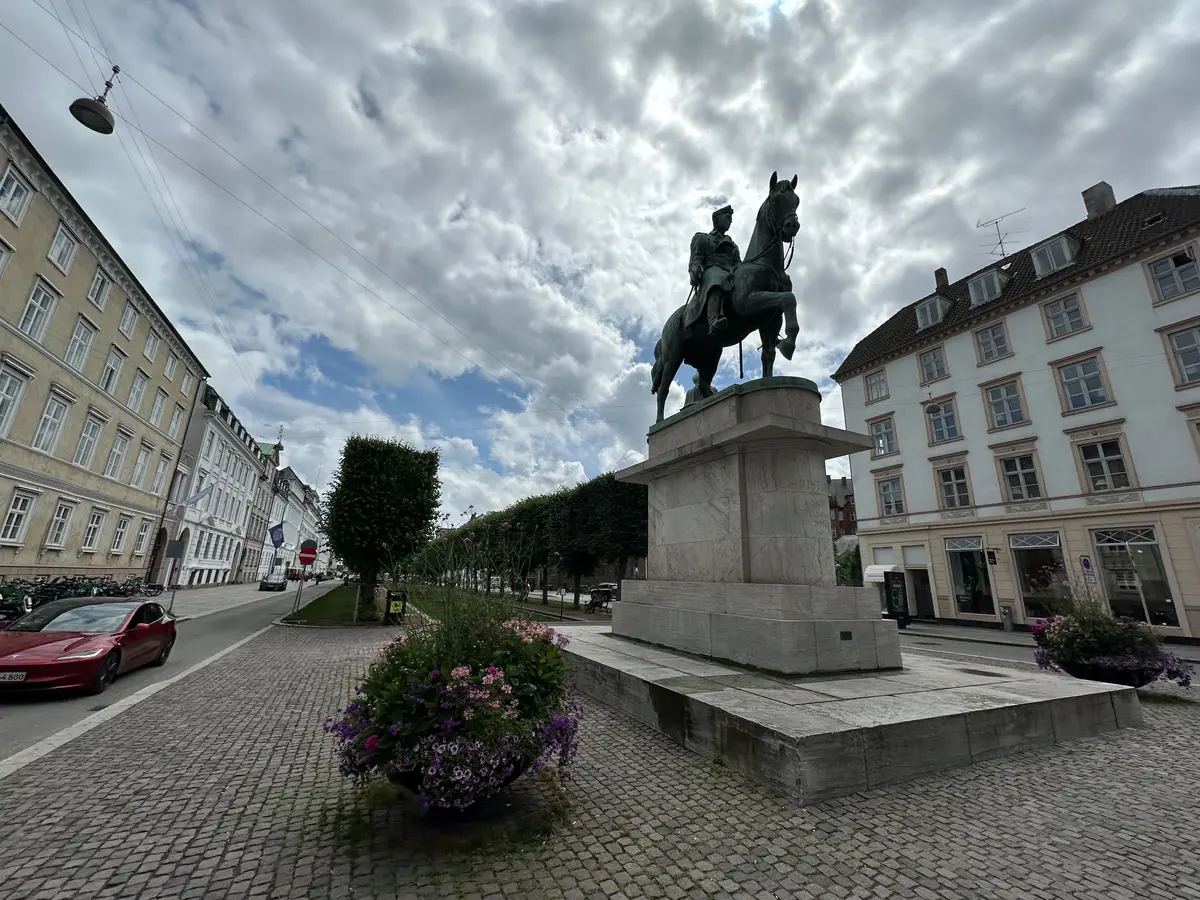
You should fly in at least three days before the cruise begins so you don't start your cruise over tired.
I was able to overcome jetlag, but I was still tired for the first two days.
By day three, I was feeling back to normal again. And that allowed me to board Independence of the Seas with the same amount of energy as I would one near my house.
6. Don't buy the Stay Later option
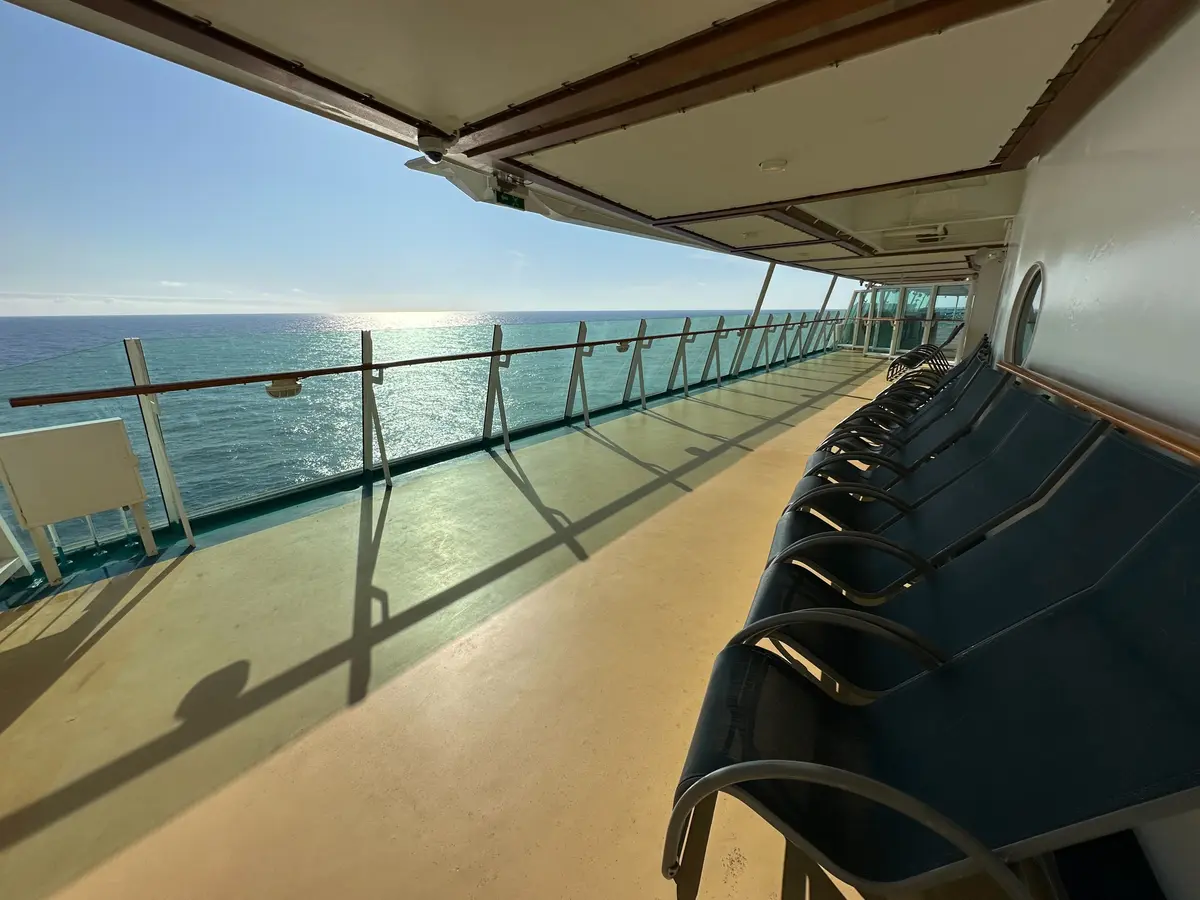
Royal Caribbean offers an extra cost option where guests can stay on the ship for many hours after the cruise ends.
It sounds like a good idea, but I think it's a waste.
"Stay Later" allows passengers to stay on the ship until the afternoon. It's not available in the United States.
The problem is you have to leave your room and cannot charge anything. So basically, it's a pass to hang out in public places and eat at the Windjammer when it opens.
Personally, I'd rather pay for a hotel day pass near the airport so I could have somewhere to sit, sleep, and shower while I wait for my flight home.
7. Use local transportation in the big cities

Don't be afraid to use the subway, bus, or street cars in the cities you visit.
Many use a simple tap to pay approach, where you tap your credit card when you enter and again when you leave. Some countries had an app, and it was even easier.
Not only are taxis expensive in Europe, but mass transportation is quite efficient and easy to use.
8. Embrace onboard laundry

Royal Caribbean's laundry options aren't cheap, but it's the easiest way to reuse clothing and limit how much you need to bring.
I used the laundry service a few times on each sailing, and it made it more manageable to have enough clothes without packing two weeks worth of items.
9. Take bottled water with you off the ship

I was surprised how much soft drinks and bottled water cost in Europe, so definitely bring your own.
Royal Caribbean's bottled water is cheaper, and it's worth the hassle of having to carry it around.
10. Watch YouTube videos to see which attractions look interesting

If you're like me, you don't know necessarily what you want to do in a particular city, but you'd know it if you saw it.
To prepare for each port, I watched videos about the best things to do in each city and then jotted down the attractions, restaurants, and places that looked good.
This is a really good strategy for outlining what to do in a port, and then leverage Google Maps to figure out how to easily walk between them.
11. Leave time in your port plans for wandering
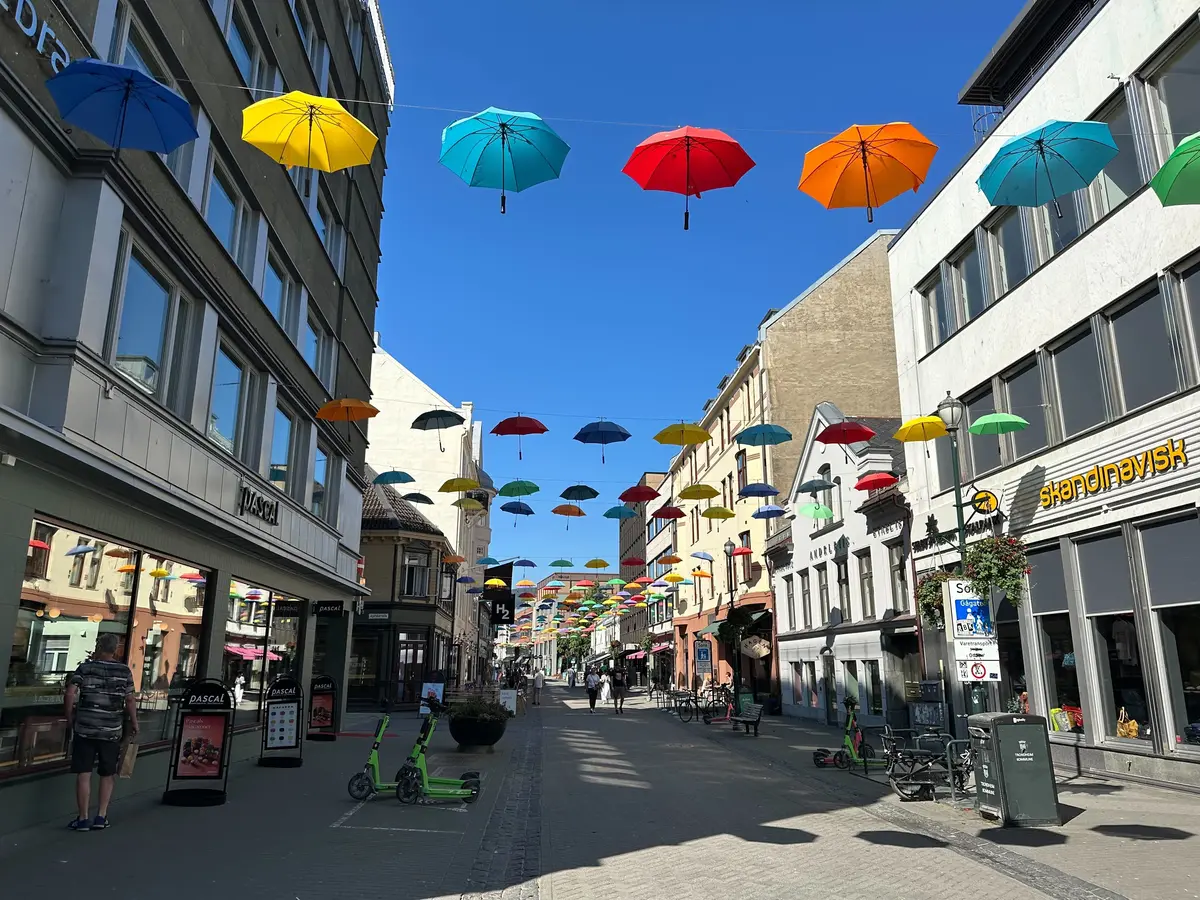
Following up on the last time, don't overplan your days. Instead, purposefully leave time to wander.
On each port day, I only had 3 or 4 things to see or do in an port. That's definitely not going to fill up 5-6 hours, but it does mean I can stop and meander into an interesting neighborhood.
This ensures there's time for shopping, exploring, and taking your time so you don't feel like you're rushed.
12. Buy a sling bag
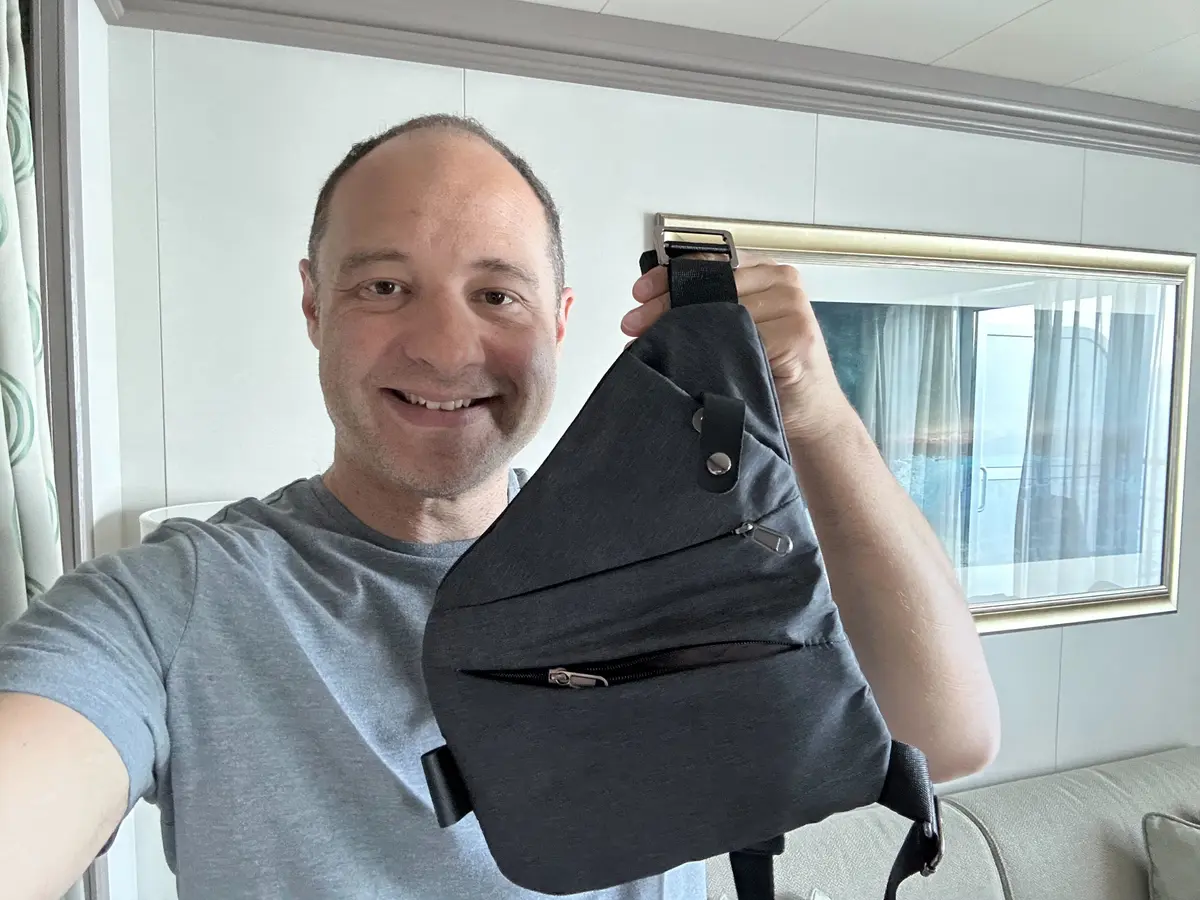
I was hesitant to buy a sling bag for Europe, but it's the perfect travel accessory.
Having a sling bag is great for defending against pickpockets, but it also gives you more space for your valuables, snacks, sunglasses, and even a light jacket.
I bought it for the crime prevention element, but it turned out to be really helpful too.
13. Learn to say "hello" and "thank you"

If you want to avoid getting the "rude American treatment", my advice is simple: learn a few basic phrases in the local language.
Always start off any conversation with a local by saying hello in their language, and then break into English.
I'd recommend being able to say:
- Hello
- Thank you
- Goodbye
It goes a long way when you make a very basic attempt to communicate in their language, and I have yet to run into a rude person.
14. Plan for more hours of sun
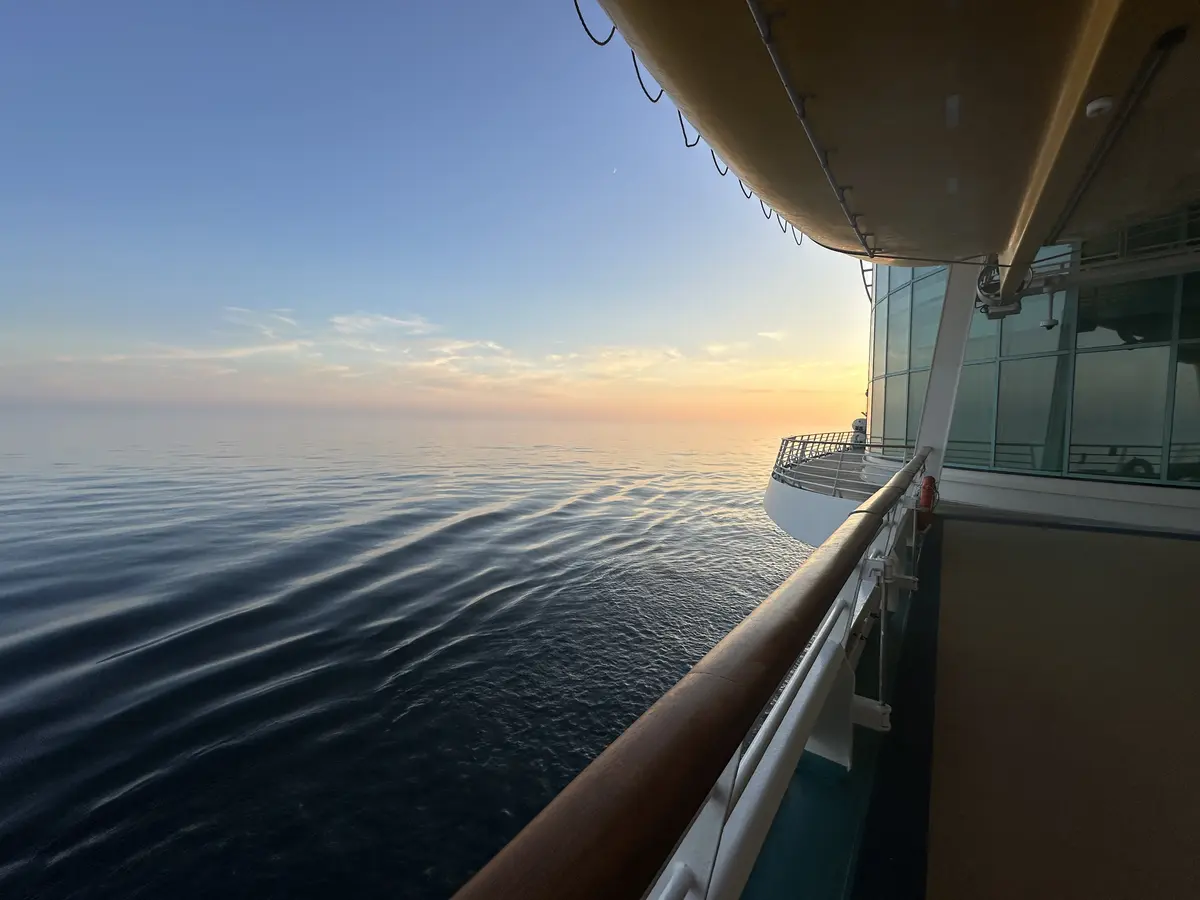
If you're visiting Northern Europe, plan on the sun being up more than at home.
In Norway, the sun wouldn't set until around 11pm and then would rise at about 4am. It messes with your sense of what time it really is.
Plus, Royal Caribbean's cabin curtains aren't blackout curtains. So it will be light in your cabin.
15. Bike lanes are as dangerous as the road
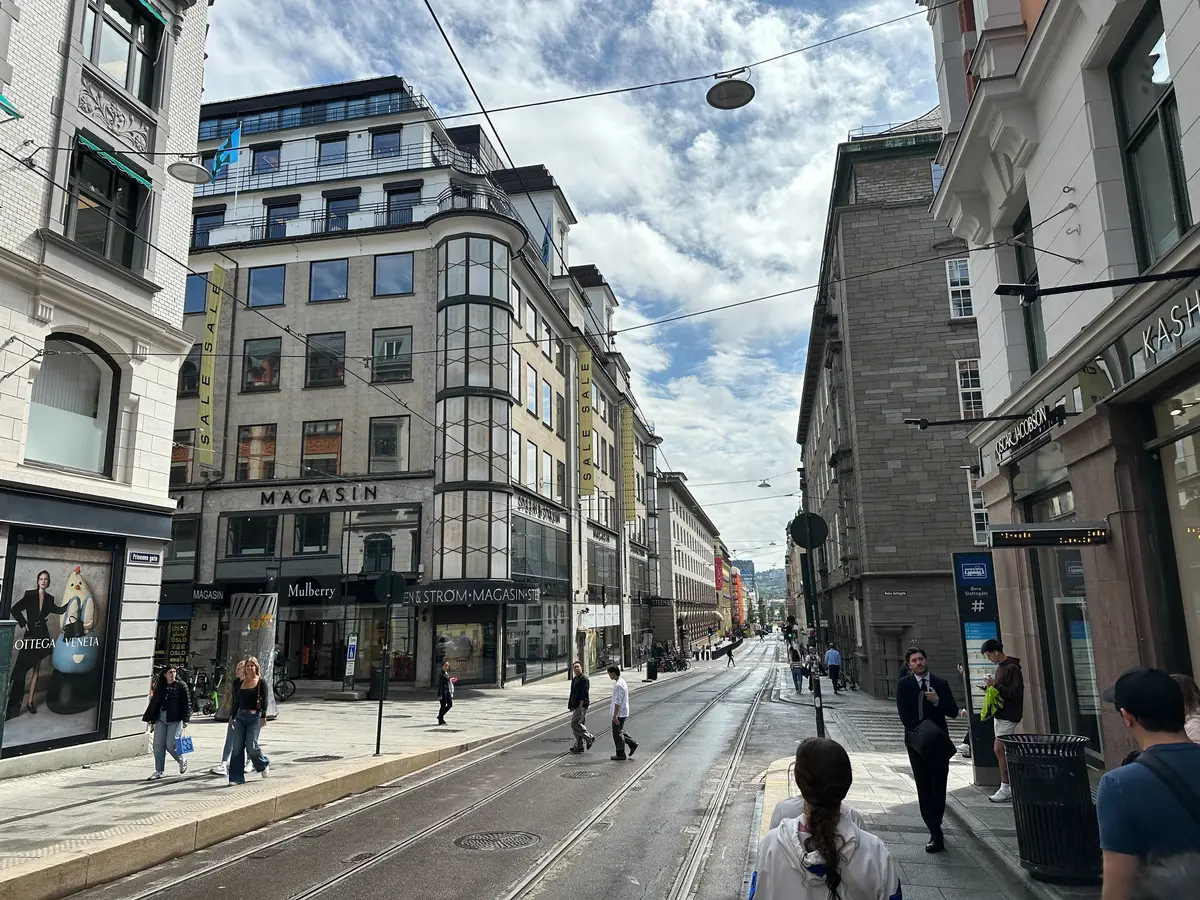
In many cities, bikes are a way of life and you need to be extra cautious crossing the road.
This was especially true in Denmark and The Netherlands, where the bike lanes are adjacent to the roadways and the bikers expect you to yield to them.
This makes crossing the street if not in the walkway and with the crossing light a bit precarious.


